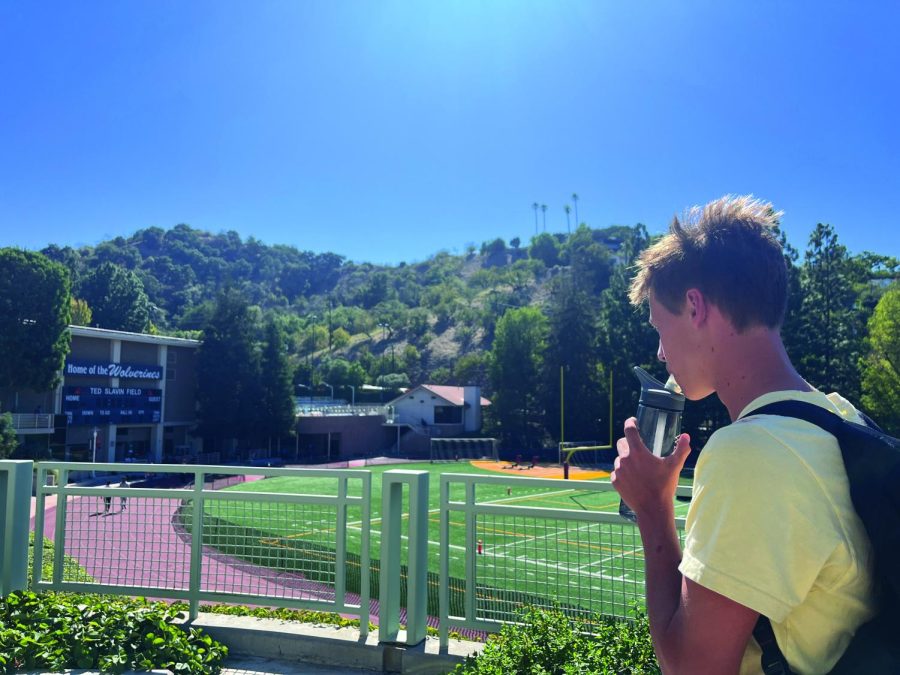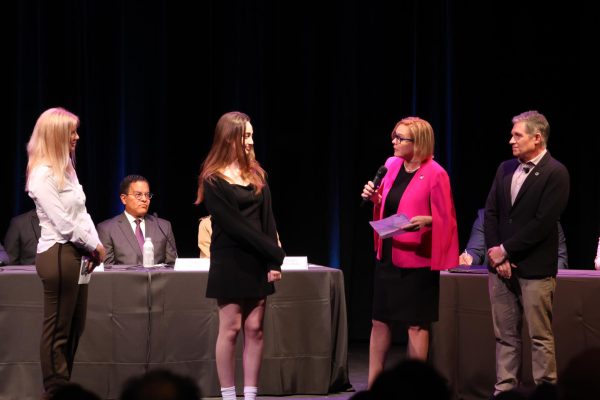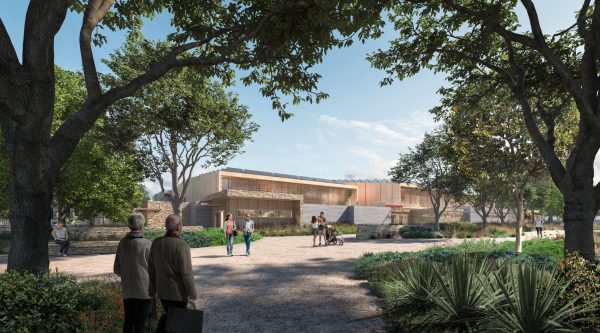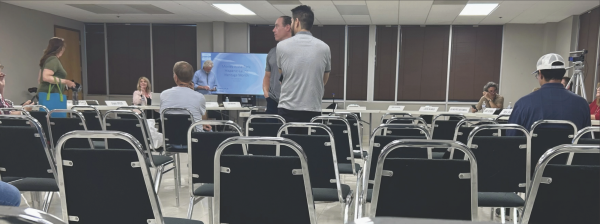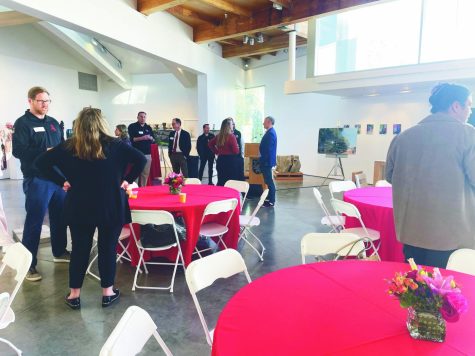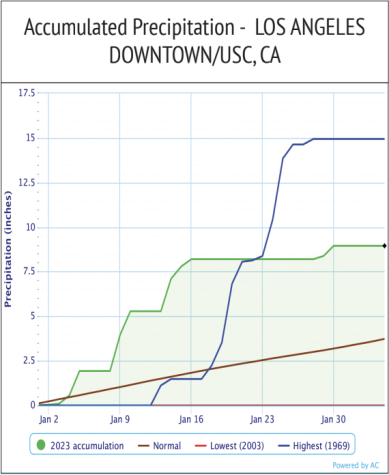Southern California confronted by global warming induced heat wave
Franklin Wimbish ’25 looks across Ted Slavin Field, sipping water from his bottle as he endures the afternoon heat. Wimbish is a member of the school’s cross country team, which postponed its after-school practice to 6 p.m. on Sept. 16 in order to escape the heat. In addition to cross country, field hockey and girls tennis postponed their field practices.
September 28, 2022
Studio City residents experienced continuous high temperatures up to 110 degrees from Sept. 3 to Sept. 16.
The recent heatwave was caused by global warming which is the cause of average temperatures all over the world to rise, according to NASA. Temperatures have increased at an average rate of 0.14 degrees Fahrenheit per decade since 1880, said the National Oceanic and Atmospheric Administration’s (NOAA) 2021 Annual Climate Report. Climate change is causing more weather fluctuations between intense hot and cold weather, according to the Environmental Protection Agency.
Latinx and Hispanic Student Organization (LAHSO) held an event in early September which had to be moved indoors due to the heat. Nathalie Paniagua ’23 said she was happy LAHSO was able to adapt to the changes.
“We decided to move the event indoors to protect everyone from the unexpected heat wave occurring the past week,” Paniagua said. “The heat had been unbearable in the days leading up, so we were glad Chalmers was available since it has AC.”
Several fall sports, such as field hockey, cross country, tennis and football, still held practices during the heatwave. Some teams continued with normal practice schedules; however, many teams had practices and games moved to times later in the day.
Varsity field hockey coach Susan Hodgkins said the team altered practice schedules depending on certain guidelines.
“The school has strict guidelines based on criteria from the National Athletic Trainers Association, as well as the National Weather Service,” Hodgkins said. “All our activities are based on what [Director of Sports Medicine Dunford Rodill] tell us is safe to do, and when everything indicates a no-go, we do not play at all. When we had practice, we took extra water breaks, stretched and did drills in the shade, reduced the amount of running and moved practice and game times to when the heat was diminished like later in the day or early morning.”
Tennis player Clementine Harris ’24 said the heat affected her playing ability.
“Because I got tired and dehydrated faster, I wasn’t playing my best,” Harris said. “One of the coaches went a little easier on the drills, but the others coached the same. I wish they could’ve made practice a little easier or maybe shorter. ”
Gus Mercado-Quinn ’25 said he took measures to adapt to the weather, like changing his clothing and staying inside.
“I normally wear pants, so I was a little hot, even though I tried to stay in the shade,” Mercado-Quinn said. “ I definitely stuck to short sleeves. Some of my teachers innovated — in English, it was pretty hot. We were in Rugby, and the air conditioning wasn’t working, so our teacher brought in makeshift air conditioning. My history teacher did the same thing. The weather made it a little harder to focus during class, but mostly, it was pretty manageable.”































